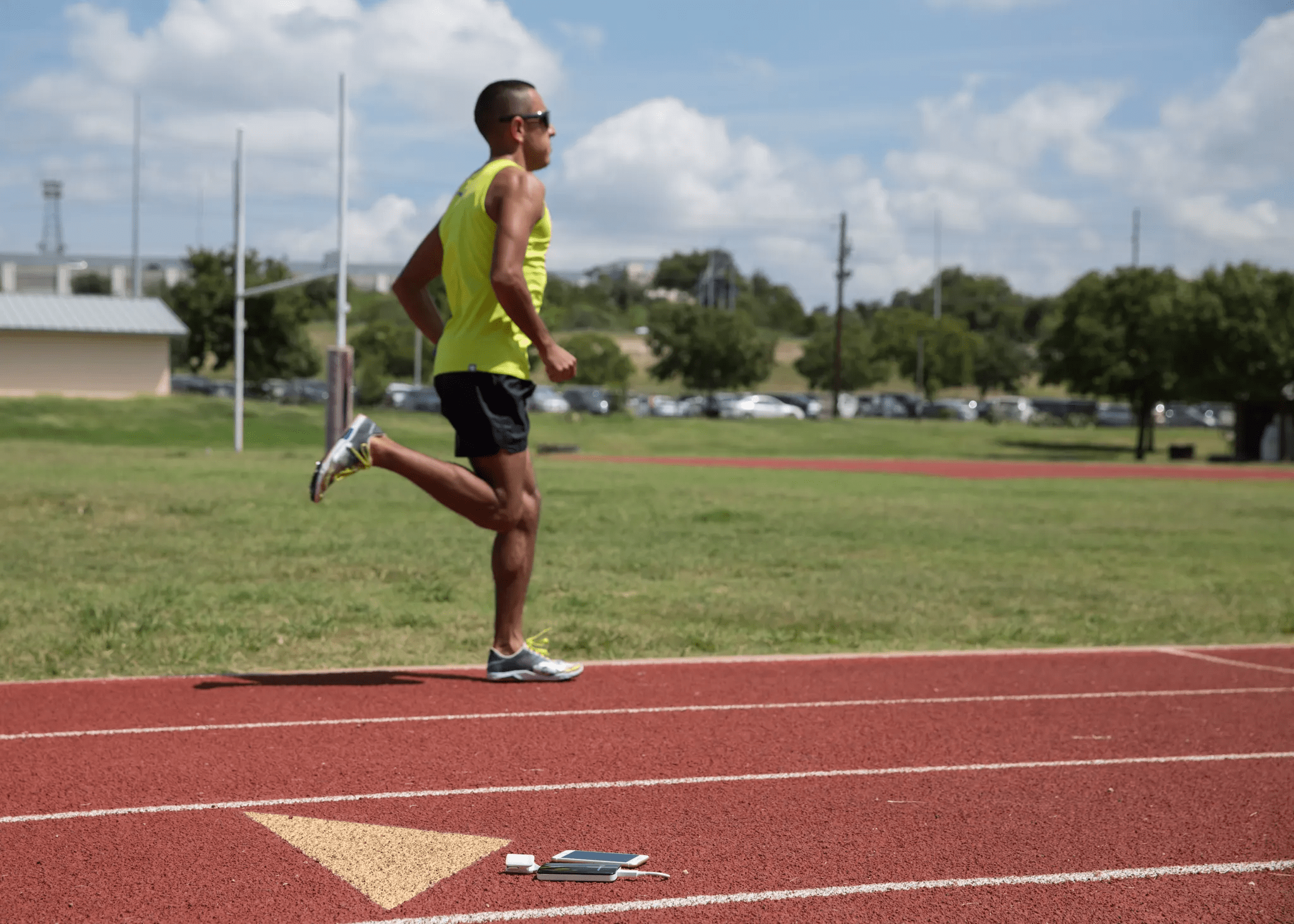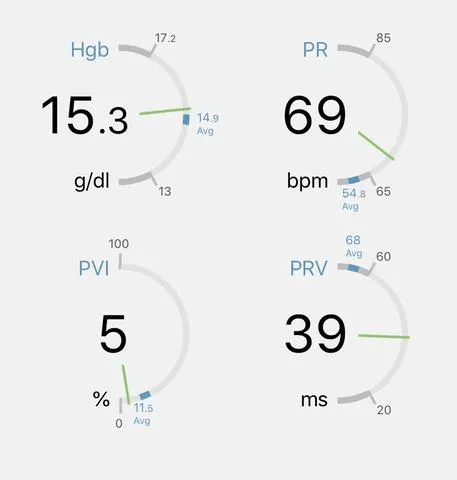By Leo Manzano
Things to know.. How is your hydration? How and when do you hydrate? Are there differences in hydration depending on time of day vs weather or seasonal changes?
So let's say you are training to run your first race or perhaps your 100th race, and although nutrition is highly important, something that is easily passed up is hydration. Whether you’re racing a mile or 100 miles you have to make sure that you are properly hydrated so that your body keeps working efficiently.

When you start taking into account the many variables, including mileage in running, altitude, and potentially types of food or vitamins that you are ingesting, some of these actually require you to hydrate more! Well, how do you hydrate? We will get into that in just a moment. But back to the variables, so of course you are running more and training at a higher level in terms of altitude or intensity. You definitely have to keep a watch on your hydration levels. One thing that I wasn’t fully aware of when I was growing up in the sport was the hydration aspect of it is super important! I was taking in certain protein/supplements or foods that required more fluid to help break them down or to be ingested properly. One of the potential downfalls is that the discoloration of the urine caused by taking vitamins makes it harder to tell if your body is hydrated or dehydrated. Back then, only coloration charts can tell you if you may be in the critical or satisfactory areas of hydration. But as I mentioned before, this can sometimes be a bit tricky, or if not messy.
Thank goodness for Ember by Cercacor that we don't always have to count on the urine discoloration charts to know what our levels are nowadays. In the next photo you can see what a good hydration level looks like (left image) vs. a not so good hydration level (right image) on our Ember device.

So what other factors are there? Well, there is altitude. Altitude can be a bit tricky but maybe not so much when measuring with your Ember device. What happens at altitude is that because it is at a higher level, usually there is less humidity, meaning that its dryer. What happens is that you perspire or sweat without really feeling it, this is a bit dangerous because you can dehydrate at a quicker level and not even realize it, unless you are constantly checking your parameters.
Okay so what about seasonal changes? When do you think hydration is best? In the summer? Winter?
Well actually, it’s all the time, especially if you are an active person. As I look back at my days as a younger runner and slightly inexperienced, during the winter, I would let down on my hydration thinking that because it was cold I didn't have to hydrate as much. I quickly found that I was wrong in my assumption when I would get calf or hamstring cramps or under performing in workouts or races. I wish I had someone who could have given me all this information, but as we know, sometimes the best experience is your own personal experience.
So what type of hydration techniques do I use? Sometimes the day is pretty charged with activities that we do forget to hydrate. Some simple hydration techniques that you are probably already doing or that you can incorporate are the following:
- Carrying a water bottle with you so that it is fully visible and can remind you to take small sips regularly.
- As you are training, regularly check your parameters with Ember, especially the PVI.
- If your hydration parameters are off or you are feeling a bit dehydrated, you can talk to your nutritionist about incorporating a hydration supplement. This can include certain drinks, tablets, or salts…
- While working out, I also like to take small sips of water or hydration supplements to help with recovery and hydration as I continue to work hard.





